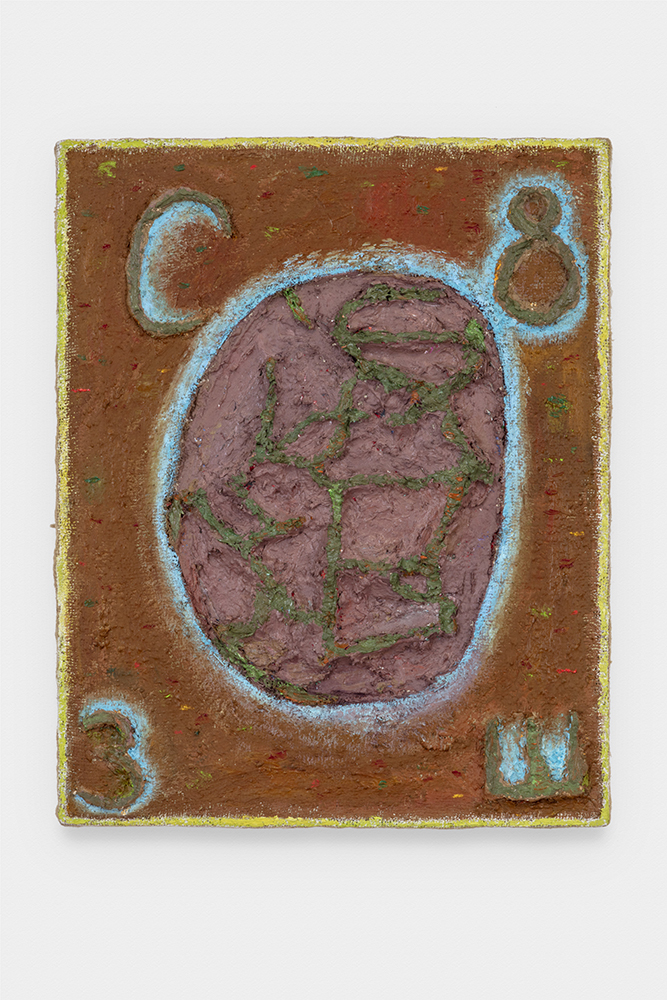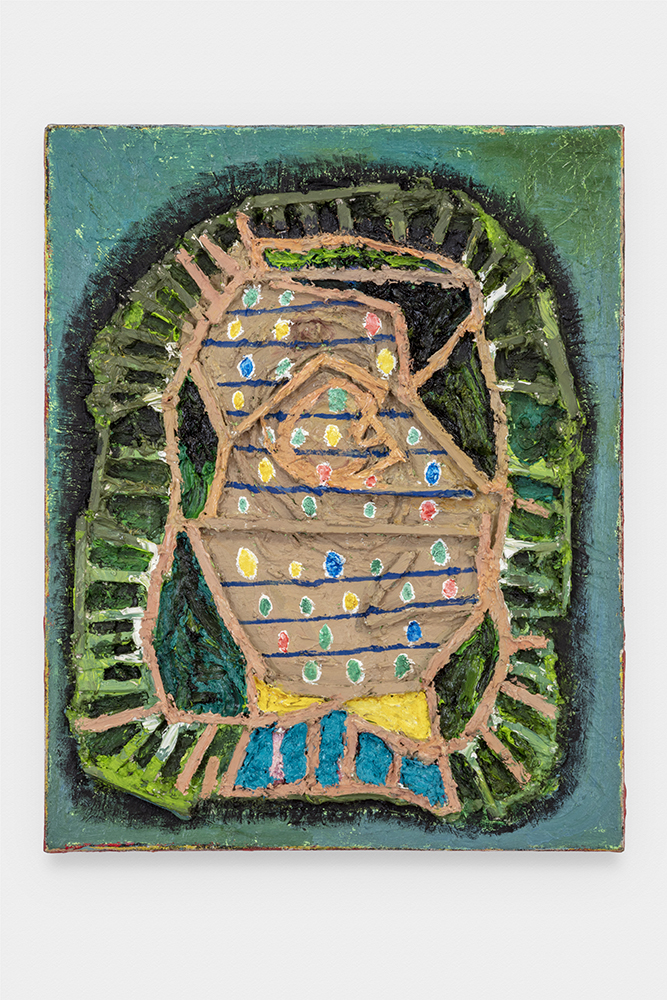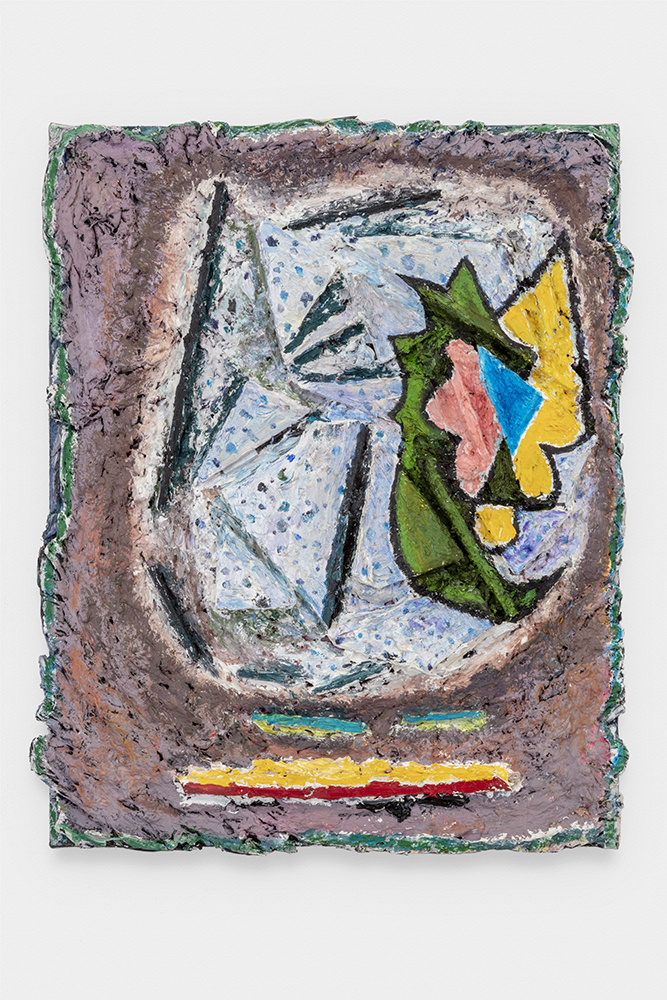Yevgeniya Baras
Yevgeniya Baras is an artist living and working in NY. She has exhibited her work in several New York City galleries and internationally. She is represented by Nicelle Beauchene Gallery in NY and the Landing Gallery in LA. Yevgeniya is a recipient of the Guggenheim Fellowship in 2019, the Pollock-Krasner grant and the Chinati Foundation Residency in 2018, and the Yaddo Residency in 2017. She received the Artadia Prize and was selected for the Sharpe-Walentas Studio Program and the MacDowell Colony residency in 2015. In 2014 she was named the recipient of the Rema Hort Mann Foundation’s Emerging Artist Prize. Her work has been reviewed in the New York Times, LA Times, ArtForum, and Art in America. Yevgeniya co-founded and co-curated Regina Rex Gallery on the Lower East Side of NY (2010-2018). Yevgeniya has curated and co-curated over twenty exhibitions at Regina Rex and other galleries in NY, Chicago, and Philadelphia. Yevgeniya has a BA and MS from the University of Pennsylvania (2003) and an MFA in Painting and Drawing from the School of the Art Institute of Chicago (2007). Yevgeniya teaches at RISD and Sarah Lawrence College.
QUESTION:
I feel that your paintings are at the edge of intelligibility, but not “edgy”. They are unsettling and enigmatic but not rebellious or disruptive. If they are radical they are so in the original sense of the word, “related to or preceding from a root”. A root-like image is frequently the structure which fastens the disparate, unrestrained painted passages into a whole. While the roughly hewn paint application suggests transience the overall composition infers stability and endurance. Is the stability I apprehend important to you? Does the stable structure come first or is the structure discovered through the activity of making the painting?
ANSWER:
Sometimes stability is initially assumed and then there is a kind of wandering and returning. Sometimes I arrive at a stable structure through working. I find the core, the backbone of the painting in time. Either way, from the start or in the end, a stable rooted core is essential to my paintings. It can be a sculpted line, a repeated mark, a color that resurfaces/echos throughout the piece. I need to see that organizational system even if to the viewer it is not apparent. I think they may feel it but not always know what it is.
The reason I like this question is because I experienced immigration. When you move, your idea of home shifts and how you root yourself becomes essential. Immigration can infect one with a continuous sense of wandering. It can also gift one a sense for grounding elements that can include a physical location, but also it can be cultural elements, family, language, literature, spiritual beliefs. These are the roots in me; though I have moved I am more rootful, not less. And my paintings, they are carriers of that condition. It is precisely that state which is expressed in paint, in the way I organize space, in the way I find the core to the compositions, how I pay attention to edge. I pay extra special attention to the outer edge of my paintings. I paint them, sew across them, tile them. It is because edges are borders. I have crossed borders and I know that they can be malleable and hence I make sure mine are porous and irregular.
Thank you for asking something that is not only formal but is perceptively personal.








